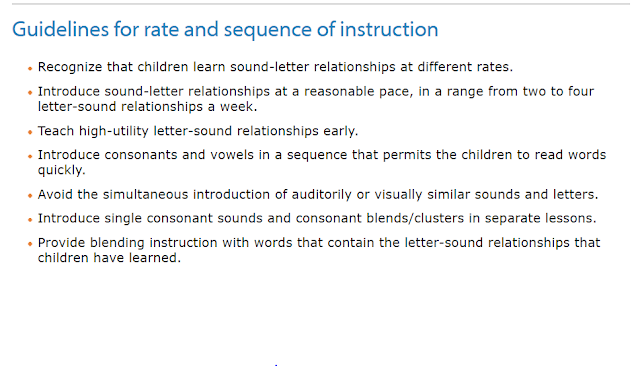Welcome to part three in a four part series on how to stop sound by sound reading!
Throughout the series I will be explaining the three lesson components you need to stop sound by sound reading: phonemic awareness, orthographic mapping and decoding. Part 1 detailed what happens inside a sound by sound reader's brain. You can read it by clicking here. Part 2 discusses the importance of phonemic awareness. You can read it by clicking here.
For part 3 we are discussing orthographic mapping.
Orthographic mapping is the process of forming links from sounds to letters or letter combinations. For example lets take a word such as sit. "Sit" is most likely already in a our phonological lexicon (we have heard it, we've said it and we most likely know the meaning). When we see the word sit our brain will (very quickly) break apart the word into individual phonemes /s/ /i/ /t/ and then know that sit is made up of three sounds /s/ /i/ /t/. When a word is orthographically mapped in your brain, you are able to instantly recognize the word. When that word is instantly recognized it now becomes a sight word--we know it by sight.
One quick item to note is that often teachers talk about "sight words," but they are really reffering to high frequency words. High frequency words (Dolch or Fry) are important as these words appear frequently in text, but they aren't truly sight words unless they have been orthograpchially mapped. Distinguishing betwen the two terms is important.....but perhaps that is another blog post. :)
Orthographic mapping requires advanced phonemic awareness (changing, manipulating and deleting sounds from words), letter sound knowledge and phonological long term memory. So how do we help kids orthographically map???
Firstly, students must have letter sound mastery. Early childhood educators are amazing at this, and there are tons of great resources to help students remember alphabetic principal. Check out this list of great tips from Reading Rockets.
Secondly, students must be systematically and explicitly taught phonics. This means students should be directly taught phonics in a highly structured and carefully sequenced manner. Educators should start from the simplest concepts and advance to skills that are more complex. Direct instruction should comprise of the instructor defining the concept, modeling it, guiding students through applicaiton and then provide extended opportunities for students until mastery is achieved. The graphic below, from 95% group, illustrates a great sequence of phonics skills.
Thirdly, students need direct instruction and practice on common letter confusion (b/d, p/q, was/saw, etc.). Linda Farrell has a great resource on her website Readsters to help with common letter and common word confusion. Check out this short video of her modeling it below!
I have to admit devoting time each day to fixing common letter confusions was a big aha for me! I had always helped students when it happened organically in text (i.e a student would read bad for dad and I would reference the bed visual haning on my markerboard)---but I never did it as a daily intervention. Now--I have it incorporated into my daily routines to help students rewire their brain!!
Fourthly, students need to to be taught irregular high frequency words to mastery. Irregular words are words that can't be phonetically decoded. Linda Farrell calls them "heart words," because you just have to know them by heart. Here are a few examples:
The best way to teach irregular words is to make instruction multi-sensory. Have students air write, arm tap, table write, or rainbow write the word as they say the letters and then recite the word. This website has a few video examples of how to do that with your students. Check it out by clicking here.
See you next time for part four: decoding!






No comments:
Post a Comment